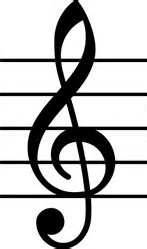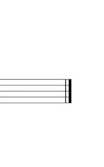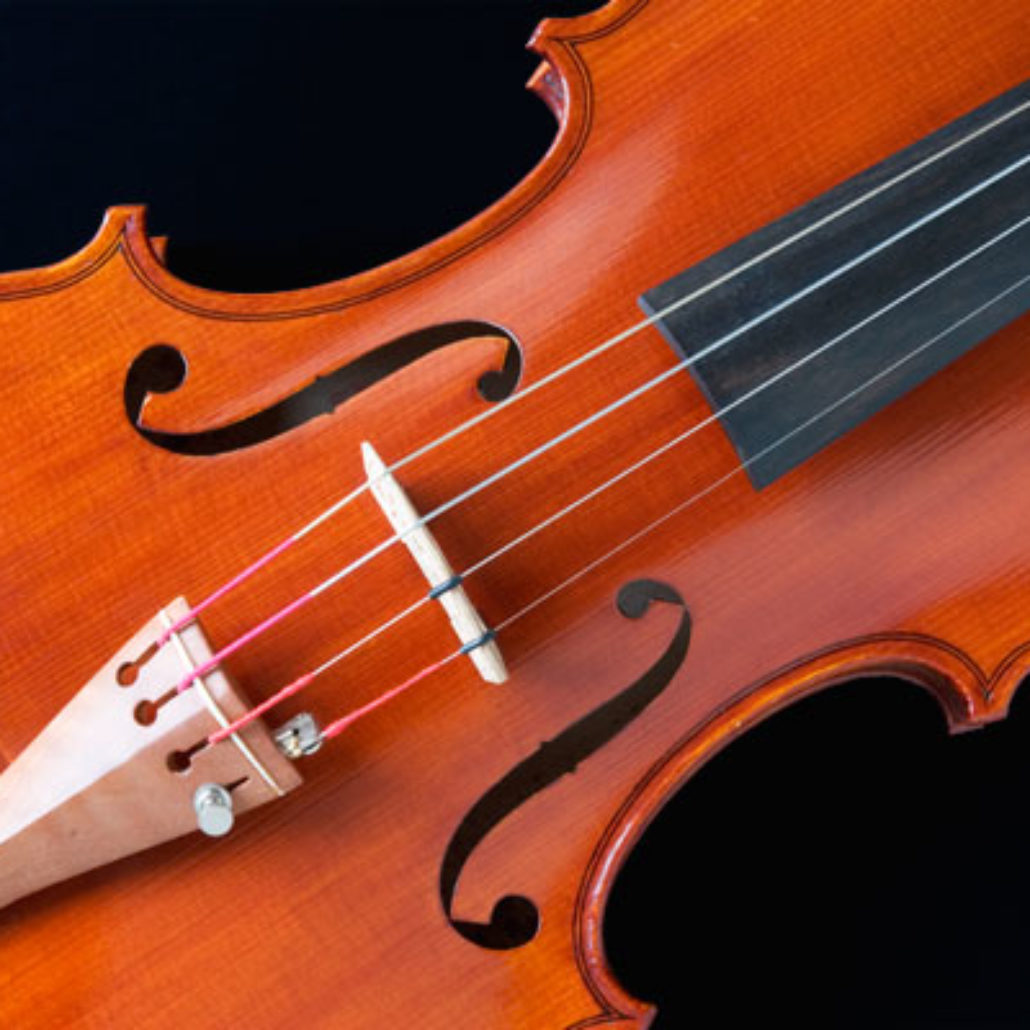We’re almost ready to read simple rhythms on your violin! We’ve got a few more things to cover and then you’ll be able to read the exercises we’ve already covered and more. If you haven’t read the previous article on understanding beats and rhythms in music, make sure to check it out here.
Just to get back to a caveat that I make often, reading sheet music is not a must when it comes to simply playing music. Some of the most prolific songwriters and performers in modern times couldn’t read or write sheet music. However, as I’ve also said before, sheet music is the language of musicians. It transcends all other forms of communication.
For this reason, I recommend learning it. Just to be clear, I’m going to continue to teach tunes and songs as if we didn’t know sheet music. One of the beliefs I have is that as children, we learn to speak before we learn to read. Why should music be any different? So keep that in mind as we move forward.
Do your best to tackle and understand these ideas. If you don’t get them now, don’t worry. The more exposure you have to the subject, the better you’ll acquire the information. Alright, let’s jump into our first topic!
Quarter Rest
A rest is a count of silence. Basically, this means we don’t play any music in a measure when we get to the rest. This only applies to the spot where we see the rest. Remember when we used the numbers to count measures of quarter notes? Let’s start with that concept and use the letter “R” for a rest:
[1-2-3-R] [1-2-3-R]
Great! Now, let’s take a look at it on sheet music:

Not much different! Remember, these are just rhythms, and simple ones at that. To know when to change fingers, we will have to talk about a few more concepts. Next, we’re going to learn about one of the tools to help us understand it!
Treble Clef
 The treble clef is also called the G clef. It is called this because it circles and intersects a G note line near the bottom of the staff. This is important because it’s your number one signal that the sheet music you’re looking at can be played on the violin. If you don’t see this symbol, you are far less likely to be able to play the notes on the page. If the treble clef is not present and the music has a different clef, the notes may not be playable on the violin.
The treble clef is also called the G clef. It is called this because it circles and intersects a G note line near the bottom of the staff. This is important because it’s your number one signal that the sheet music you’re looking at can be played on the violin. If you don’t see this symbol, you are far less likely to be able to play the notes on the page. If the treble clef is not present and the music has a different clef, the notes may not be playable on the violin.
Time Signature, also called Meter
Next up we have what we call a time signature. This is also called Meter. This symbol tells us how many beats are in a measure, and what note gets the beat. So using our earlier example, we had quarter notes in a measure. The quarter notes would be what got the beat. The amount of quarter notes would be how many beats are in a measure.
 So you could read it like this: The top number tells you how many beats are in a measure, and the bottom number tells you what gets the beat. The top number is easy. The bottom number can be tricky. The best advice I can give you is to commit this to memory. A “4” on the bottom means the quarter note gets the beat.
So you could read it like this: The top number tells you how many beats are in a measure, and the bottom number tells you what gets the beat. The top number is easy. The bottom number can be tricky. The best advice I can give you is to commit this to memory. A “4” on the bottom means the quarter note gets the beat.
Double Bar Line, the end of a song
 The double bar line starts with two measure lines, then you make the second (and last) line bold. Well, that’s not exactly how we got double bar lines. But it helps to visualize it. The double bar line means the absolute end of a song or movement of a piece. It means you can stop playing for good. This is what it looks like:
The double bar line starts with two measure lines, then you make the second (and last) line bold. Well, that’s not exactly how we got double bar lines. But it helps to visualize it. The double bar line means the absolute end of a song or movement of a piece. It means you can stop playing for good. This is what it looks like:
Final thoughts
Now we have all the tools we need to be able to read some simple song selections. We will progressively learn more about music and sheet music as we work through our training and acquire more skills. For now, make sure you’ve committed this information to memory. I hope this helps and I’ll see you in the next article!
